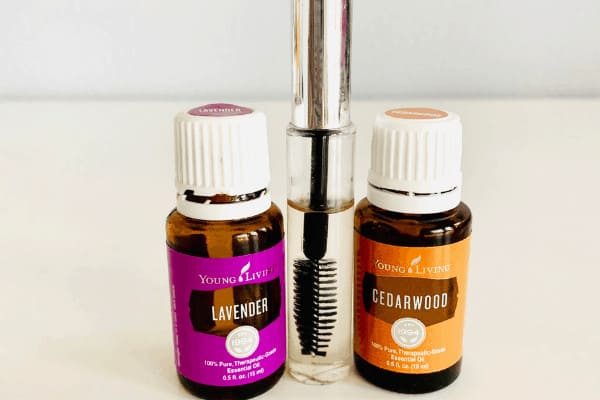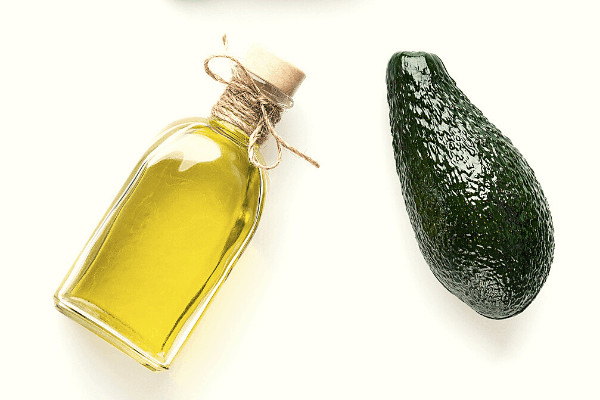As fall arrives, it is the perfect time to refresh and change up your wardrobe for cooler temperatures. However, fall fashion doesn’t have to mean being wasteful. By making mindful choices and swapping out fast fashion for eco-friendly alternatives, you can build a stylish fall wardrobe that’s both fashionable and sustainable.
Here are some sustainable fall wardrobe swaps to consider this year.
Choose Natural Fibers Over Synthetics
One of the easiest ways to make your wardrobe more sustainable is choosing natural fibers like organic cotton, wool, linen, hemp, and bamboo. This is a great alternative to synthetic fabrics like polyester and nylon. Natural fibers are biodegradable and have a lower environmental impact than their synthetic counterparts, which are made from petroleum-based products and can release microplastics into the environment when washed. Organic cotton sweaters, wool cardigans, and linen shirts are great options for keeping warm while staying eco-conscious.
Thrift or Shop Secondhand
A more sustainable update your wardrobe is to shop secondhand. Thrifting not only reduces demand for new clothing production (and the resources that go into it), but it also gives pre-loved items a second life, preventing them from ending up in landfills. You can find high-quality, gently used fall staples like jackets, boots, and scarves at thrift stores, online secondhand shops, or through clothing swap events. Plus, vintage pieces often bring unique style to your wardrobe that you can’t find in fast fashion stores.
Invest in Timeless and High-Quality Pieces
When building a sustainable fall wardrobe, it’s important to focus on quality over quantity. Instead of buying trendy pieces that will go out of style in a season, invest in timeless, high-quality items that will last for years. Classic staples like a well-made wool coat, a cozy cashmere sweater, or durable leather boots can be worn season after season and won’t go out of fashion. Although these items may have a higher upfront cost, they’ll save you money in the long run since you won’t need to constantly replace them.
Choose Layers
As temperatures fluctuate during the fall, layering becomes essential. Look for brands that prioritize sustainability and ethical practices in their production. A nature-inspired brand like Lone Creek Apparel also offers versatile layering pieces for cooler seasons, especially if you prefer simple, outdoorsy designs that pair well with sustainable basics.
Many eco-conscious brands offer stylish and warm layering pieces made from organic, recycled, or upcycled materials. Companies that focus on transparency in their supply chains and treat their workers fairly should be a top priority when choosing where to shop for new fall items. Check for certifications like Fair Trade, GOTS (Global Organic Textile Standard), or B Corp when browsing sustainable brands.
Repurpose and Upcycle
Before buying new fall clothes, take a look at your existing wardrobe and see what can be repurposed or upcycled. You can give new life to your summer clothes by layering them with long sleeves or tights for added warmth. For example, a summer dress can be paired with a chunky cardigan and boots, or a lightweight shirt can be layered under a wool sweater. If you have clothes that are worn out or don’t fit properly anymore, consider upcycling them by turning them into something new—like cutting old jeans into shorts or using fabric from an old sweater to make a scarf.
Buy Sustainable Alternatives
Leather jackets, boots, and bags are fall staples, but traditional leather production can have a significant environmental and ethical impact. If you’re looking for a more sustainable option, try choosing leather alternatives made from eco-friendly materials like Piñatex (made from pineapple leaves), cork, or mushroom leather. Many sustainable fashion brands now offer high-quality, stylish, vegan leather products that are durable and cruelty-free.
Repair and Care for Your Clothes
To extend the life of your fall wardrobe, proper care is essential. Simple actions like following washing instructions, storing clothes properly, and learning basic repairs can make a huge difference in how long your garments last. If a zipper breaks or a button falls off, don’t toss the item—learn to mend it or take it to a tailor. Keeping your clothes in good condition not only saves money but also reduces the need to buy new items frequently, which is one of the most sustainable choices you can make.
Swap Out Fast Fashion for Capsule Wardrobes
A capsule wardrobe is a small, curated collection of versatile and high-quality pieces that can be mixed and matched to create a variety of outfits. By investing in a few timeless, durable fall pieces and pairing them in different ways, you’ll reduce the urge to shop for new items. A sustainable capsule wardrobe helps eliminate impulse purchases, keeps your closet organized, and ensures you’re always reaching for eco-friendly, well-loved clothing.
Eco-Friendly Outerwear
Fall often requires a good jacket or coat to stay warm. When shopping for outerwear, look for brands that use sustainable materials like recycled polyester or organic wool. Many outdoor and fashion companies are now offering jackets and coats made from post-consumer plastic bottles, recycled down, or sustainably sourced wool. These eco-friendly options help reduce waste and minimize the environmental impact of traditional outerwear production.
Sustainable Accessories
Fall is the season of scarves, hats, and cozy socks, but even your accessories can be chosen with sustainability in mind. Look for items made from organic or recycled materials, and choose brands that prioritize eco-friendly production methods. For example, opt for wool or organic cotton scarves over synthetic fabrics, or choose jewelry made from recycled metals. By being mindful of the materials and practices behind the accessories you choose, you can further reduce your fashion footprint.
Making these sustainable fall wardrobe swaps helps reduce your environmental impact while still keeping you stylish and comfortable as the season changes. From shopping secondhand to choosing natural fibers, every conscious decision you make contributes to a greener and more ethical wardrobe.






An engaging style, coupled with a commitment to providing well-written insights, makes your writing particularly outstanding.